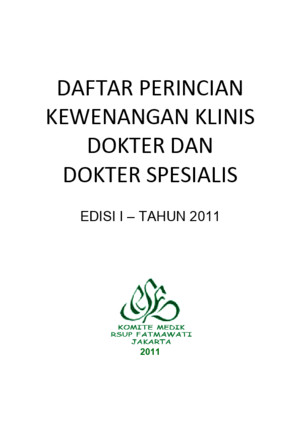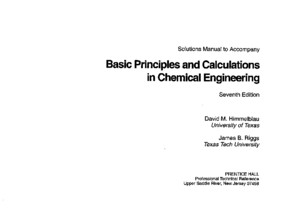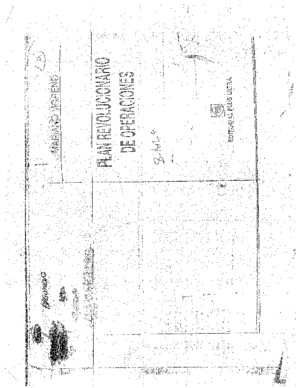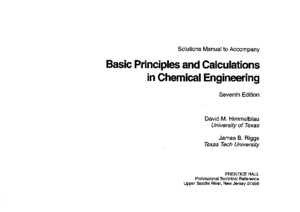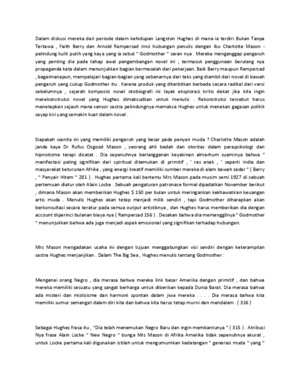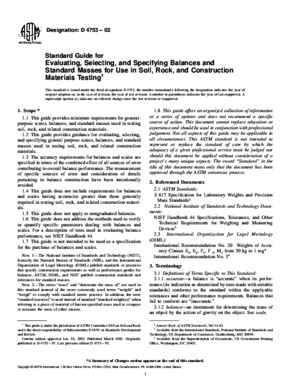Karen Dakin et al - Amerindian languages in contact situations: spanish-american perspectives
There is document - Karen Dakin et al - Amerindian languages in contact situations: spanish-american perspectives available here for reading and downloading. Use the download button below or simple online reader.
The file extension - PDF and ranks to the Documents category.
Tags
Related
Comments
Log in to leave a message!
Description
Download Karen Dakin et al - Amerindian languages in contact situations: spanish-american perspectives
Transcripts
Workshop: Amerindian Languages in Contact Situations: Spanish-American Perspectives Organizers: Karen Dakin (Universidad Nacional Autónoma de México) Natalie Operstein (California State University, Fullerton) Claudia Parodi (University of California, Los Angeles) Call for Papers The linguistic situations in present-day Spanish America have been shaped to a considerable extent by the long-term contact among the indigenous languages and cultures, which has resulted in profound consequences for the participating languages Although many of the possible lexical, phonological, and structural commonalities among these languages have been explored in prior literature (cf Campbell, Kaufman, and Smith Stark 1986 and Smith Stark 1994 for Mesoamerica), there are no more recent comparable attempts at a study of the relevant areal traits Detailed studies placing the structural features of individual languages within their areal contexts are also lacking, as are attempts to place the areal linguistic adaptations within the wider context of human ecology, in the sense proposed by Hill (1978), in sharp contrast with the amount of attention that continues to be received by linguistic areas located in other areas of the world, such as the Balkans, Ethiopia, or Southeast Asia Another important factor for the history of contact in the area is that since the early sixteenth century, the indigenous languages have been in close contact with Spanish This proximity has left a profound imprint on the languages, changing each in a variety of ways that range from influences on lexicon and phonology to impact on diverse levels of the languages’ morphology, syntax, and discourse In the process, regional Spanish, including the national varieties of Latin American Spanish, has undergone a number of changes as well Finally, reconstruction of linguistic and cultural histories of individual languages is greatly aided by the study of loanword adaptations By studying phonetic, structural, and semantic changes in the borrowed words, it is possible to trace not only the direction of borrowing and source languages but also the relative chronology of borrowing (linguistic stratigraphy in the sense of Andersen 2003) and the type and nature of past contacts Inferences drawn from a careful study of loanwords are especially important in the case of unwritten languages and those that only recently have begun to be written, including most languages of Hispano-America The proposed workshop will combine these research threads by focusing on the diachronic aspects of language contact in Spanish America Its principal goals are to spark an interest in further study of the possible areal traits, especially as they relate to the wider issue of area-level human adaptations; to highlight the importance of contact-induced changes observable in these areas for contact and diachronic linguistics more generally; to contribute to the study of linguistic stratigraphy; and to provide a context for a meaningful dialogue between students of the indigenous languages and those of Spanish In addition, the workshop seeks to bring together scholars from different language backgrounds, linguistic traditions, and theoretical orientations with the aim of fostering collaborative research on these complex areas References Andersen, Henning, ed 2003 Language Contacts in Prehistory: Studies in Stratigraphy Amsterdam/Philadelphia: John Benjamins Campbell, Lyle, Terrence Kaufman, and Thomas C Smith-Stark 1986 Meso-America as a Linguistic Area Language 62: 530-558 Hill, Jane H 1978 Language Contact Systems and Human Adaptations Journal of Anthropological Research 34: 1-26 Smith-Stark, Thomas C 1994 Mesoamerican Calques Carolyn J MacKay and Verónica Vázquez, eds Investigaciones lingüísticas en Mesoamérica , 15-50 Mexico: Universidad Nacional Autónoma de México Morning Session 9:00-9:10 Opening remarks 9:10-9:30 Carácterísticas gramaticales del español de hablantes bilingües lacandón y mazahua Sergio Ibañez Cerda (Universidad Nacional Autónoma de Mèxico), Israel Martínez-Corripio (Escuela Nacional de Antropología e Historia), Armando Mora-Bustos (Universidad Autónoma Metropolitana- Iztapalapa) 9:30-9:50 El sistema de alineamiento del español en contacto con otomí Glenda Lizárraga (Colegio de México) 9:50-10:10 Historical review of loans in Chichimec (c1767-2012) Yolanda Lastra (Universidad Nacional Autónoma de México) 10:10-10:30 Prosodic adaptation in loanwords from Spanish to Zapotec Francisco Arellanes Arellanes (Universidad Nacional Autónoma de México), Mario E Chávez Peón (Centro de Investigaciones y Estudios Superiores en Antropología Social-DF), Mario Hernández Luna (Escuela Nacional de Antropología e Historia), Miriam Itzel Manzano Corona (Escuela Nacional de Antropología e Historia), Sofía Gabriela Morales Camacho (Universidad Autónoma Metropolitana-Iztapalapa), Rosa María Rojas Torres (Instituto Nacional de Lenguas Indígenas), Anders Stallemo (Universidad Nacional Autónoma de México), Carlos De Jesús Wagner Oviedo (Escuela Nacional de Antropología e Historia), Victoria Esthefanía Zárate Girón (Universidad Autónoma Metropolitana-Iztapalapa) 10:30-11:00 Coffee break 11:00-11:20 Subordination in Zoque: native patterns with Spanish Means Jan Terje Faarlund (University of Oslo) 11:20-11:40 Evidence from Spanish-Huastec contact in the sixteenth century attested in the Doctrina Christiana en la lengua guasteca Lucero Meléndez (Universidad Nacional Autónoma de México) 11:40-12:00 The impact of language contact on Nahuatl couplets Mercedes Montes de Oca (Universidad Nacional Autónoma de México) 12:00-12:20 Diachronic and synchronic contact phenomena: Spanish borrowing and code-switching in Yurakaré Sonja Gipper (University of Cologne) 12:20-12:30 General discussion, if time permits 12:30-1:30 Lunch break



